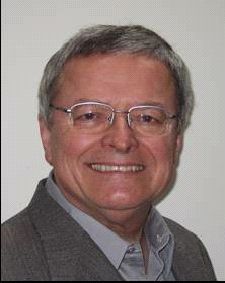- Crucial Tests of Special Relativity (2010) [Updated 7 years ago]
- Crucial Tests of Special Relativity (2010) [Updated 7 years ago]
The most accurate ?aether drift test? ever conducted was done in 1968 at the Univ. of Birmingham, UK, by Prof. George Isaak and this author.[ ] Involving Moessbauer gamma rays, the test directly measured the one way speed of light at all azimuthal angles, and set a limit of 1.5 cm/sec limit on any propagation anisotropies. Unlike all optical experiments, which measure changes in light speed via secondary interference effects, the afore-mentioned test measured changes in light speed as a primary quantity by determining the propagating speed of the gamma rays between the Moessbauer source and the absorber, both mounted to a high speed rotor. Repeated at seven different times in the solar cycle and typically lasting 2-4 days around the clock, the test was so sensitive that it even ruled out secondary effects (in v/c), as might be caused by non-uniformities in the mass-velocity distribution of the surroundings. Of course, the null effect is predicted by ?emission theory?, which states that light is emitted from its source with velocity c+v, where ?v? is the velocity of the source.
Inspired by Kantor's claims[ ] to have measured effects validating emission theory, in 1986 Fritz K. Preikschat and this author set out to test emission theory using a high speed (corner cube) mirror in a high vacuum (to eliminate extinction effects as predicted by Ewald-Oseen's extinction theorem). This optical test used a He-Ne laser, pulsed in synchronism with the speed of rotation of the mirror. The reflected return beam was split into two parts, both going the full length of an evacuated 30' length of a drift tube, and continuing through separate, stationary glass slides, one located at the entrance to, the other at the exit of, the drift tube. The wave fronts of the two parts were then compared in an interferometer. The test was inconclusive because the rotor was not stable enough to allow longer term measurements.
At this stage, it appears that no laboratory test performed in high vacuum has yet exclusively tested the effects of light emitted from a high speed source. The author will suggest potential avenues for future test work.



